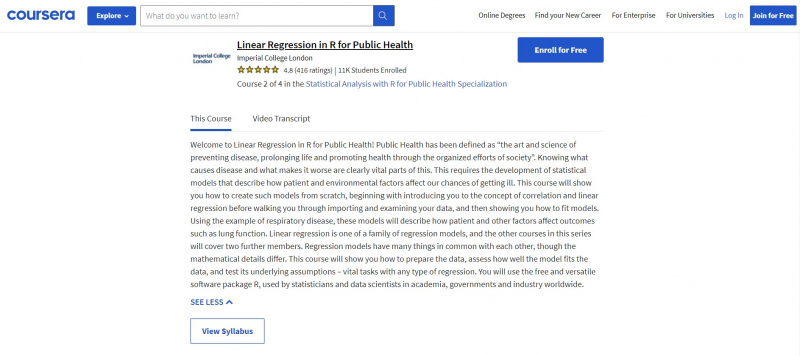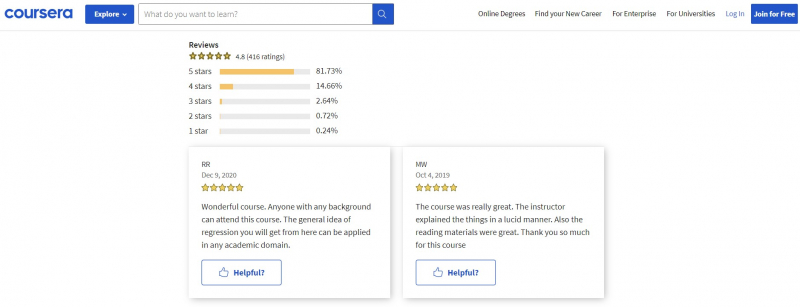Pearson’s Correlation Part I
Before you proceed to run a regression model, you must first grasp the idea of correlation. This week, you'll learn what Pearson's and Spearman's correlation coefficients are and how to use them in R to measure the strength of the relationship between a risk factor or predictor and the patient result.
After that, you'll learn about linear regression and the concept of model assumptions, which is at the heart of much statistical analysis. The technique of determining the degree of association between two variables is known as correlation. Correlation is a powerful and fascinating statistical tool.
The correlation is one of the most straightforward descriptive statistics to grasp, and it's also one of the most often employed. The measurement of a relationship between two or more variables is referred to as correlation. This link is represented by a correlational coefficient, which is typically abbreviated as 'r.' A correlational coefficient, which can vary from –1.0 to +1.0, gives two key pieces of information about a relationship: Intensity and Direction.
This course offers:
- Flexible deadlines: Reset deadlines in accordance to your schedule.
- Certificate: Earn a Certificate upon completion
- 100% online
- Beginner Level
- Approx. 1 hours to complete
- Subtitles: English
Course Rating: 4.8/5
Enroll here: https://www.coursera.org/lecture/linear-regression-r-public-health/pearsons-correlation-part-i-QXM4o












